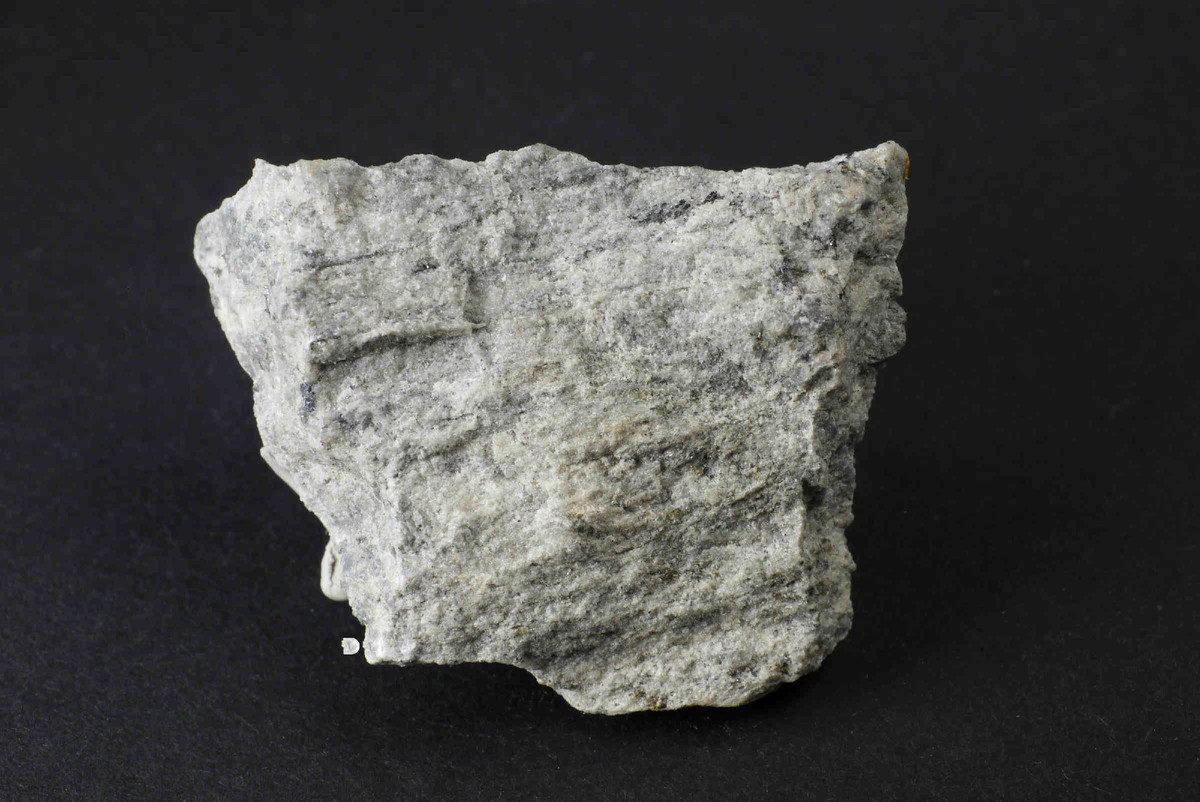
Pabstite might sound like a quirky name, but this rare mineral holds some fascinating secrets. Found primarily in the Sierra Nevada mountains of California, Pabstite is a barium tin silicate mineral with a unique crystal structure. Did you know that Pabstite was named after Adolf Pabst, a renowned American mineralogist? This mineral often appears in shades of green or yellow, making it a striking find for geologists and collectors alike. Its rarity and distinct composition make it a subject of interest for both amateur rock hounds and professional scientists. Ready to learn more about this intriguing mineral? Let's dive into 30 captivating facts about Pabstite!
Key Takeaways:
- Pabstite is a rare and fascinating mineral named after a mineralogist. It has unique properties, is found in specific locations, and is valued by collectors and geologists for its rarity and academic significance.
- Pabstite's distinctive characteristics, limited occurrences, and academic value make it a captivating subject for mineral enthusiasts and researchers. Its association with other rare minerals adds to its allure and intrigue.
What is Pabstite?
Pabstite is a rare mineral that fascinates geologists and collectors alike. Its unique properties and origins make it a subject of interest. Here are some intriguing facts about this mineral.
-
Pabstite is named after Adolf Pabst, an American mineralogist known for his contributions to mineralogy.
-
This mineral was first discovered in California in the United States.
-
Pabstite belongs to the titanite group of minerals.
-
Its chemical formula is Ba(Sn,Ti)Si3O9.
-
Pabstite is typically found in metamorphic rocks.
-
The mineral is known for its high density due to the presence of barium and tin.
-
Pabstite crystals are usually small and prismatic.
-
The color of Pabstite ranges from colorless to pale yellow.
-
It has a vitreous luster, giving it a glass-like appearance.
-
Pabstite has a Mohs hardness of 5 to 6, making it relatively hard.
Where Can You Find Pabstite?
Pabstite is not a common mineral, and its occurrences are limited to specific locations. Here are some places where Pabstite has been found.
-
The type locality for Pabstite is the Big Creek-Rush Creek area in California.
-
It has also been found in the Kola Peninsula in Russia.
-
Pabstite occurrences have been reported in Italy.
-
Some specimens have been discovered in Japan.
-
Sweden is another country where Pabstite has been identified.
-
The mineral is often associated with other rare minerals like benitoite and neptunite.
Unique Properties of Pabstite
Pabstite's unique properties make it stand out among other minerals. Here are some of its distinctive characteristics.
-
Pabstite is birefringent, meaning it splits light into two rays.
-
It has a high refractive index, which measures how much light bends when entering the mineral.
-
The mineral is transparent to translucent, allowing light to pass through it.
-
Pabstite can exhibit pleochroism, showing different colors when viewed from different angles.
-
It has a specific gravity of around 4.5, indicating its density.
-
Pabstite is often found in granulite facies metamorphic rocks, which form under high temperatures and pressures.
Uses and Significance of Pabstite
While Pabstite is not widely used in commercial applications, it holds significance in various fields. Here are some ways Pabstite is valued.
-
Pabstite is primarily of interest to mineral collectors due to its rarity.
-
It is studied by geologists to understand the conditions under which it forms.
-
The mineral can provide insights into the geological history of the regions where it is found.
-
Pabstite's unique properties make it a subject of academic research.
-
It is sometimes used in educational settings to teach students about rare minerals.
Fun Facts About Pabstite
Pabstite has some fun and lesser-known facts that add to its allure. Here are a few interesting tidbits.
-
Pabstite is often found in association with benitoite, the state gem of California.
-
The mineral's name, Pabstite, is a tribute to Adolf Pabst's contributions to mineralogy.
-
Despite its rarity, Pabstite has been the subject of numerous scientific studies due to its unique properties.
Final Thoughts on Pabstite
Pabstite, a rare and fascinating mineral, holds a unique place in the world of geology. Its striking blue color and complex chemical composition make it a subject of interest for both scientists and collectors. Found primarily in the Pabstite Mine in California, this mineral is not only beautiful but also provides valuable insights into the geological processes that shape our planet.
Understanding Pabstite's properties and formation can help us appreciate the intricate and dynamic nature of Earth's crust. Whether you're a seasoned geologist or just someone with a curiosity for the natural world, Pabstite offers a glimpse into the wonders of mineralogy.
So next time you come across a piece of Pabstite, take a moment to marvel at its beauty and the incredible journey it has undergone to reach your hands. It's a small but significant reminder of the Earth's ever-changing landscape.
Frequently Asked Questions
Was this page helpful?
Our commitment to delivering trustworthy and engaging content is at the heart of what we do. Each fact on our site is contributed by real users like you, bringing a wealth of diverse insights and information. To ensure the highest standards of accuracy and reliability, our dedicated editors meticulously review each submission. This process guarantees that the facts we share are not only fascinating but also credible. Trust in our commitment to quality and authenticity as you explore and learn with us.
